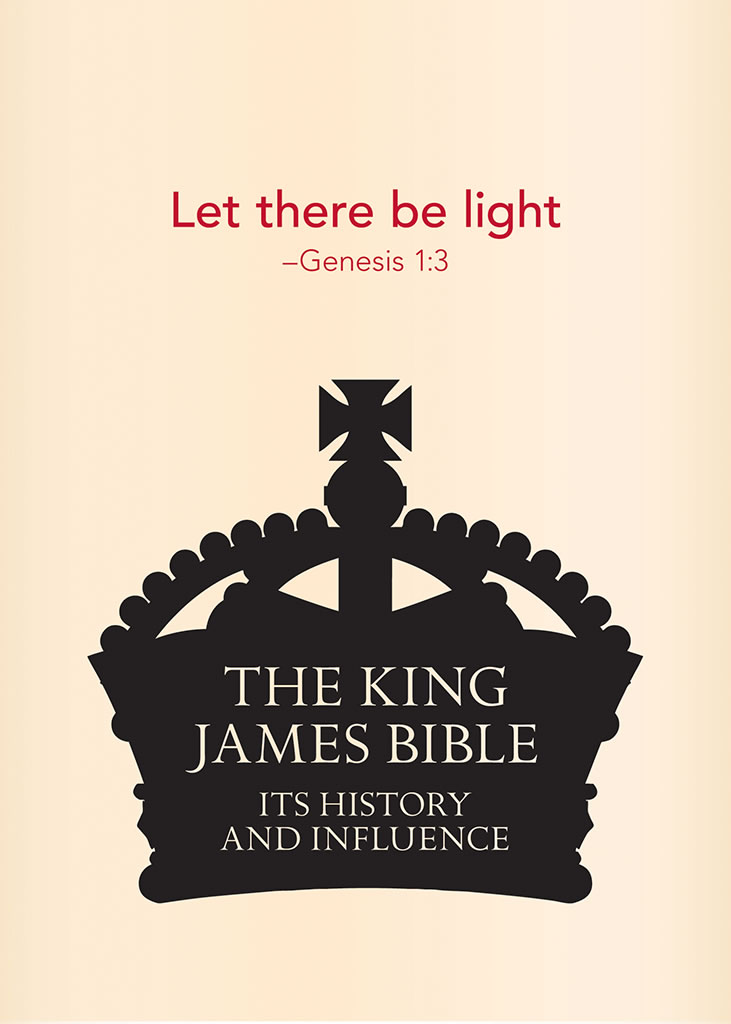The King James Bible
Its History and Influence
February 28, 2012 – July 29, 2012
Four centuries after its first printing, the King James Bible (1611) remains one of the most influential books in the English language. The Harry Ransom Center, with the Folger Shakespeare Library and the Bodleian Library of the University of Oxford, presents the compelling story of how this translation came into being and its profound effect on our language and culture.
This exhibition traces the history of the King James translation, from the influence of earlier English Bibles to the work of a committee of scholars who spent over six years poring over the text word by word. When the project was complete, printing such a massive work proved a daunting task. A host of type-setting errors led to the infamous "Wicked Bible," "Unrighteous Bible," and "Judas Bible." Ultimately, the text of the King James version appeared in a wide variety of forms: Bibles with blank pages for family histories, pocket Bibles for soldiers to carry into battle, and richly illustrated editions for display.
The language and imagery of the King James translation has had a remarkable influence on English-speaking cultures and literature, from John Milton's Paradise Lost to the poetry of Phillis Wheatley to Norman Mailer's The Gospel According to the Son. The language of the King James Bible permeated the Civil War-era writings of Frederick Douglass, Abraham Lincoln, and both pro- and anti-slavery advocates. It provided the title for Walker Evans and James Agee's Let Us Now Praise Famous Men, a landmark work on sharecroppers hard hit by the Depression, and even inspired the tattoos for Robert De Niro's character, convict Max Cady, in the film Cape Fear. This wide-ranging influence can be seen across the Center's literary, film, photography, and art holdings.
The exhibition also features other notable Bibles from the Center's collections and some of the finest examples of modern book design featuring biblical texts. From the beginning of printing, the Bible was regarded as the ultimate challenge for artists, designers, and printers. Perhaps no single object embodies this better than Gutenberg's 42-line Bible, on permanent display at the Center. Many other monuments of classic fine printing, ranging from an early Nicolas Jenson illuminated Bible to the Christopher Plantin Polyglot Bible to an eighteenth-century folio Bible printed by John Baskerville, are on display.
The Center's modern printing collections provide colorful and original treatments of biblical passages by well-known book designers and artists. Included are a suite of prints from Marc Chagall's Exodus, the massive Oxford Lectern Bible designed by Bruce Rogers, plates from art deco books by François-Louis Schmied, and the entire set of Jacob Lawrence's large silkscreen prints for Eight Passages from the book of Genesis.
The King James Bible: Its History and Influence is the most comprehensive display of Bibles and related materials in the Ransom Center's history.


